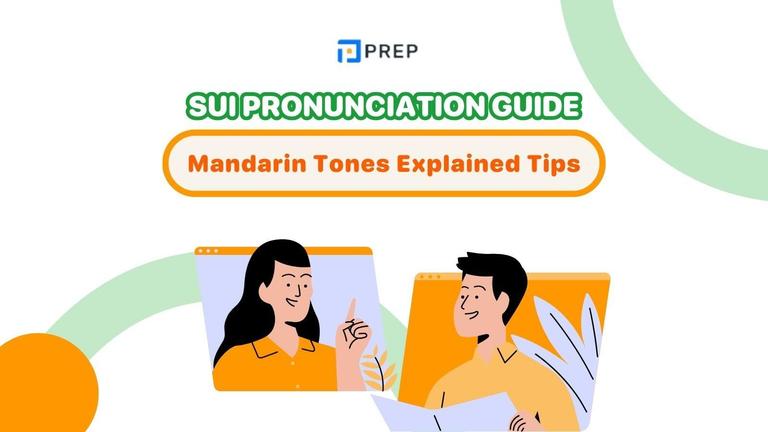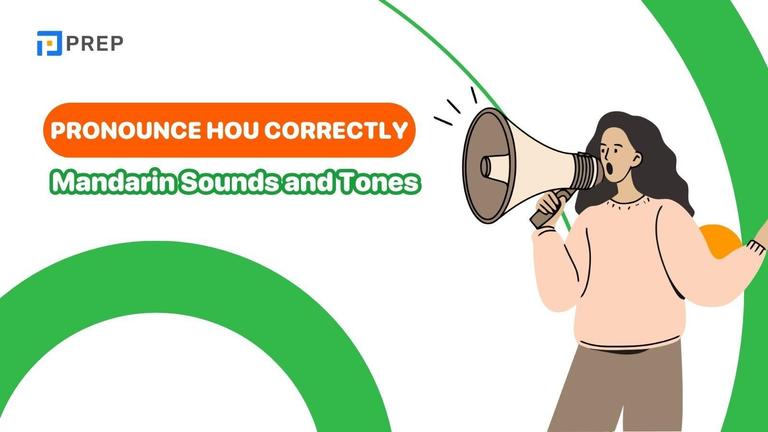A Comprehensive Guide to Mastering English Adverbs
Adverbs represent one of the most powerful yet misunderstood elements in English grammar, serving as the bridge between basic communication and sophisticated expression. This comprehensive guide will transform your understanding of the English adverb, taking you from fundamental concepts to advanced applications that enhance precision, fluency, and communicative impact. Whether you're preparing for language examinations like IELTS or TOEIC, or simply seeking to refine your English mastery, this journey through adverbial structures will provide the tools necessary for elevated expression and grammatical confidence.

I. What exactly is an English Adverb?
An english adverb is a word that modifies verbs, adjectives, other adverbs, or entire sentences, providing additional information about how, when, where, why, or to what extent an action occurs or a quality exists. Unlike other word classes that primarily describe objects or states, adverbs focus on describing actions, qualities, and circumstances with remarkable precision.
The common misconception that all adverbs end in "-ly" oversimplifies their true nature and function in English grammar. Function, rather than form, determines whether a word operates as an adverb in any given context.
II. Core Functions of Adverbs
|
Function |
What It Modifies |
Question Answered |
Examples |
|
Verb Modification |
Action verbs |
How, when, where, why? |
"She sings beautifully," "They arrived yesterday" |
|
Adjective Modification |
Descriptive words |
To what degree? |
"Extremely talented," "somewhat confused" |
|
Adverb Modification |
Other adverbs |
How much/intensely? |
"Quite quickly," "very carefully" |
|
Sentence Modification |
Entire clauses |
Speaker's viewpoint |
"Unfortunately, it rained," "Obviously, he's tired" |
III. Critical Distinctions between Adverbs vs. Adjectives
Understanding this distinction prevents common errors that mark intermediate from advanced speakers:
|
Word Class |
Modifies |
Examples |
|
Adjectives |
Nouns and pronouns |
"The quick runner" (describes runner) |
|
Adverbs |
Verbs, adjectives, other adverbs |
"The runner moved quickly" (describes movement) |
Common Confusion Pairs
Good vs. Well: • "Good" = adjective describing nouns: "She is a good teacher" • "Well" = adverb describing actions: "She teaches well"
Linking Verbs Exception: Verbs like "feel," "seem," "look," "taste" typically require adjectives because they describe the subject's state: "The food tastes good" (not "well").
IV. Main Types of English Adverbs
1. Adverbs of Manner (How?)
Purpose: Describe how actions are performed
Placement: Usually after the verb or at sentence end
|
Common Examples |
Sentence Usage |
|
carefully, quickly, beautifully, awkwardly |
"She sang beautifully at the concert" |
|
confidently, hesitantly, gracefully |
"He spoke confidently during the presentation" |
|
Irregular forms: well, fast, hard, straight |
"They worked hard all day" |
2. Adverbs of Time (When?)
Purpose: Establish when actions occur
Placement: Beginning or end of sentences
|
Time Categories |
10 adverbs examples |
|
Specific moments |
now, then, today, yesterday, tomorrow |
|
General periods |
recently, immediately, eventually, formerly, soon |
|
Additional examples |
already, still, yet, early, late, annually, daily |
3. Adverbs of Frequency (How Often?)
Purpose: Express repetition patterns
Placement: Before main verbs, after auxiliary verbs
|
Frequency Scale |
Examples |
Sample Sentences |
|
Always/Never |
always, never |
"She always arrives early" |
|
High frequency |
usually, often, frequently |
"They usually prepare thoroughly" |
|
Medium frequency |
sometimes, occasionally |
"We occasionally meet for coffee" |
|
Low frequency |
rarely, seldom, hardly ever |
"He rarely complains about work" |
4. Adverbs of Place (Where?)
Purpose: Indicate location and direction
Placement: After the verb or at sentence end
Common examples: here, there, everywhere, upstairs, inside, abroad, forward, north
5. Adverbs of Degree (To What Extent?)
Purpose: Express intensity and extent
Placement: Before the words they modify
|
Intensity Level |
Adverb examples |
Usage |
|
Maximum |
extremely, incredibly, absolutely |
"extremely difficult task" |
|
High |
very, quite, rather, fairly |
"quite well prepared" |
|
Moderate |
somewhat, partially |
"somewhat confused" |
|
Minimal |
hardly, barely, slightly |
"barely visible results" |
6. Conjunctive Adverbs
Purpose: Connect independent clauses and show relationships
Punctuation: Semicolon before, comma after
|
Relationship Type |
Examples |
Sample Usage |
|
Contrast |
however, nevertheless |
"The task was difficult; however, we completed it" |
|
Addition |
furthermore, moreover |
"Research was thorough; furthermore, analysis was detailed" |
|
Result |
therefore, consequently |
"Preparation was excellent; therefore, results exceeded expectations" |
V. Adverb Formation Rules
1. Standard Formation: Adjective + "-ly"
|
Adjective Type |
Rule |
Examples |
|
Regular |
Add "-ly" |
quick → quickly, careful → carefully |
|
Ends in "-y" |
Change "y" to "i", add "-ly" |
easy → easily, happy → happily |
|
Ends in "-le" |
Drop "e", add "-y" |
simple → simply, terrible → terribly |
|
Ends in "-ic" |
Add "-ally" |
basic → basically, automatic → automatically |
2. Important exceptions
|
Adjective |
Irregular Adverb |
Special Notes |
|
good |
well |
Most common exception |
|
fast |
fast |
Same form as adjective |
|
hard |
hard |
"hardly" means "scarcely" |
|
late |
late |
"lately" means "recently" |
|
early |
early |
No change needed |
VI. Common Adverb Mistakes to Avoid
1. Adjective/Adverb Confusion
• Incorrect: "She sings beautiful"
• Correct: "She sings beautifully"
2. Linking Verb Errors
• Incorrect: "The food tastes well"
• Correct: "The food tastes good"
3. Irregular Form Mistakes
• Incorrect: "She did good on the test"
• Correct: "She did well on the test"
4. Double Negatives
• Incorrect: "I don't hardly understand"
• Correct: "I hardly understand"
VII. Essential Adverb Lists
1. List of adverbs for Daily Conversation
Top 15 Essential: actually, already, almost, always, definitely, especially, exactly, finally, frequently, never, obviously, often, probably, really, usually
2. Academic Writing Connectors
Key conjunctive adverbs: however, therefore, furthermore, moreover, nevertheless, consequently, meanwhile, likewise, similarly, conversely
3. Degree Expressions
Intensity range: absolutely, extremely, significantly, quite, rather, somewhat, slightly, barely, hardly
VIII. Advanced Applications
1. Comparative Adverbs
• Regular: quickly → more quickly → most quickly
• Irregular: well → better → best; badly → worse → worst
2. Adverbial Phrases
Replace single adverbs with phrases for sophistication:
• "carefully" → "with great care"
• "quickly" → "in a hurry"
• "recently" → "in recent weeks"
Mastering the adverb in english grammar requires understanding their functions, formation rules, and strategic placement. These versatile words transform basic communication into sophisticated expression, essential for academic success and professional communication. Through systematic practice and attention to common error patterns, speakers can develop intuitive adverb usage that enhances precision, fluency, and communicative impact across all English language contexts.

Hi I'm Chloe, and I am currently serving as an Product Content Administrator at Prep Education. With over five years of experience in independent online IELTS study and exam preparation, I am confident in my ability to support learners in achieving their highest possible scores.
Comment
Premium content
View allPersonalized roadmap
Most read












